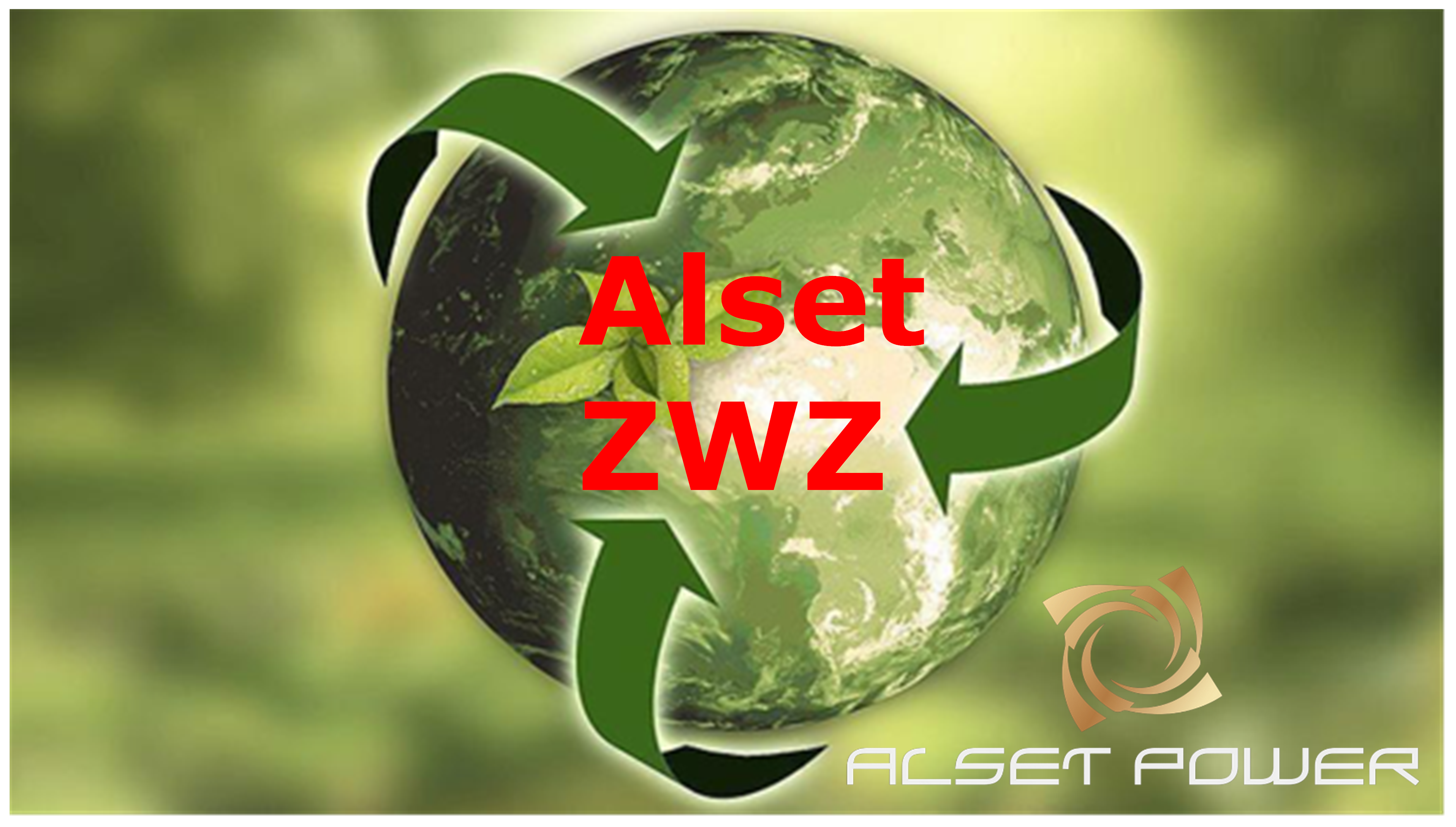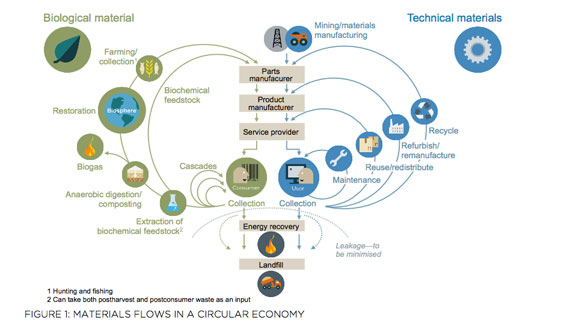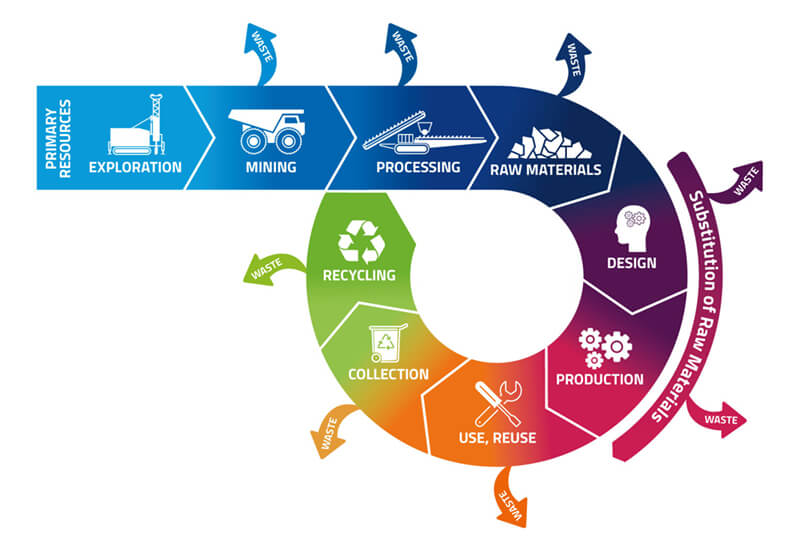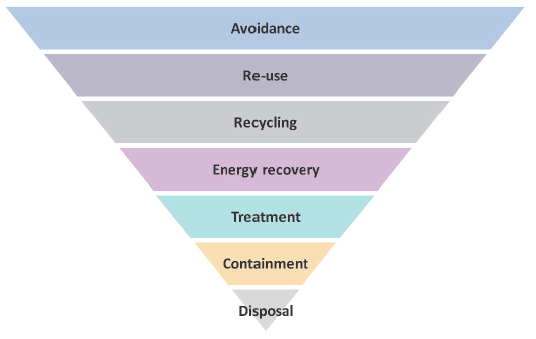About & Reports
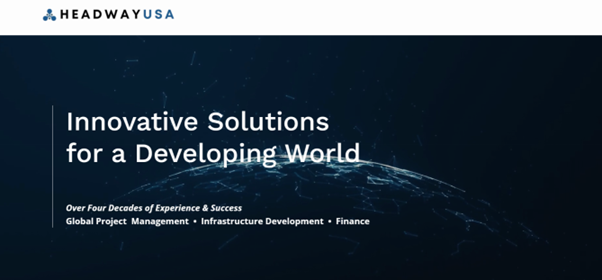
The Circular Economy – Adaptive planning – Net Zero
PSECC Ltd, Sarralle & Alset Power Company Inc and the new “Alset Zero Waste Zambia Limited” (SPV) project company LCO No.: 120220027980 are working on provision of USD $350 million (approximately) for Four Zambia waste projects & USD 600 million for the Solar Farm projects once Mandate letter from the PS is obtained and Power Purchase Agreements (PPA’s) are in place after the Feasibility study and review is completed. We are working with the company Mr Ismail Gallie of G&G Waste to Energy Ltd in Zambia who have twenty years experience of Waste collection and they have recommended the following equipment is needed for Leopards Hill Road plant in Lusaka:
500 skips .
40 skip trucks .
10 x 20 ton tippers .
4 front end loaders .
3 excavators .
30 hook loaders .
600 containers .
Upto 200 new Trucks & 500 Gas-Powered Rickshaws could also provided if needed to assist the transition. Working closely with both PSECC Ltd & The University of Greenwich – Natural Resources Institute (NRI) we will ensure the project is Sustainable for Zambia, also working with your Ministries.
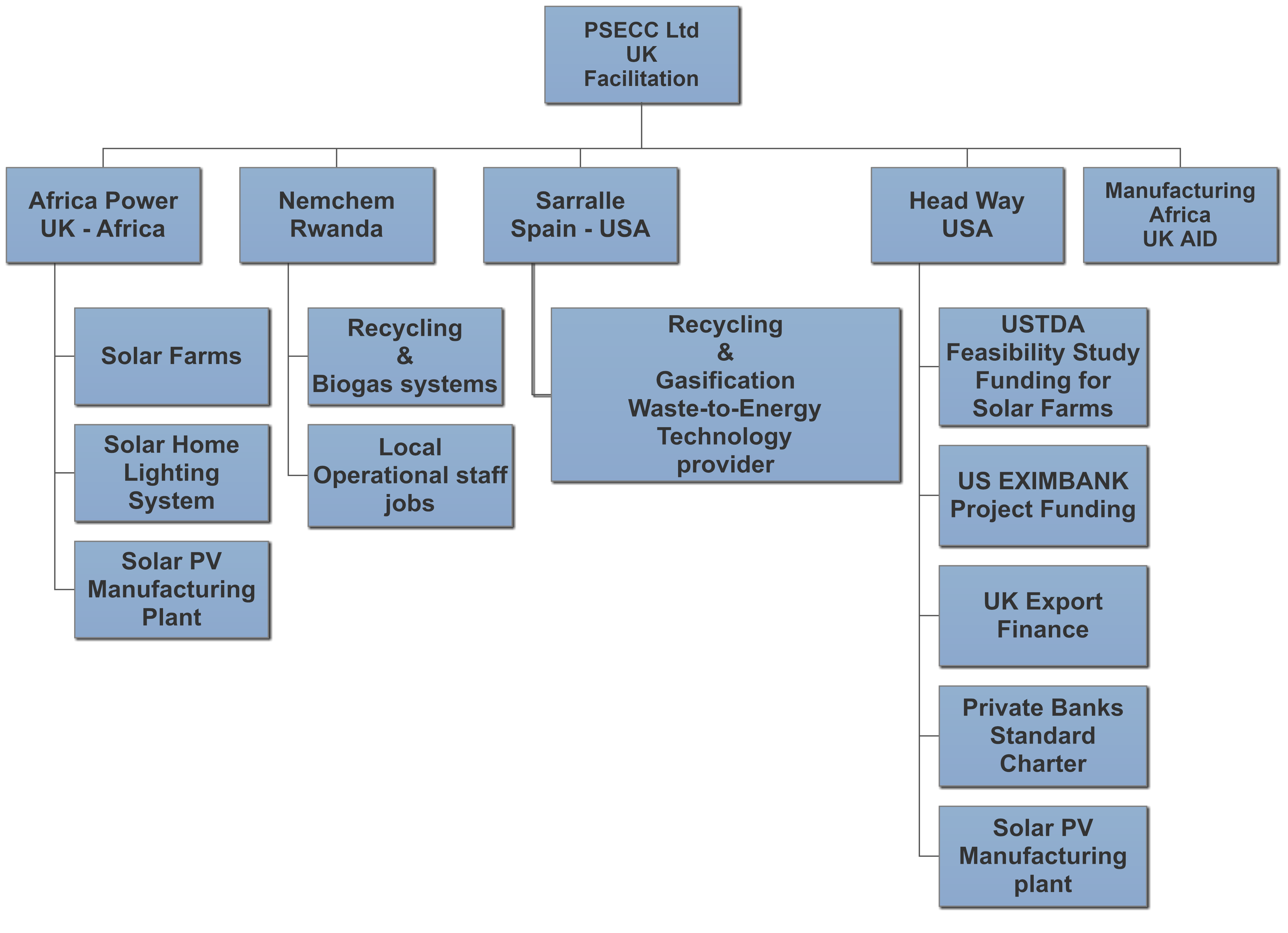
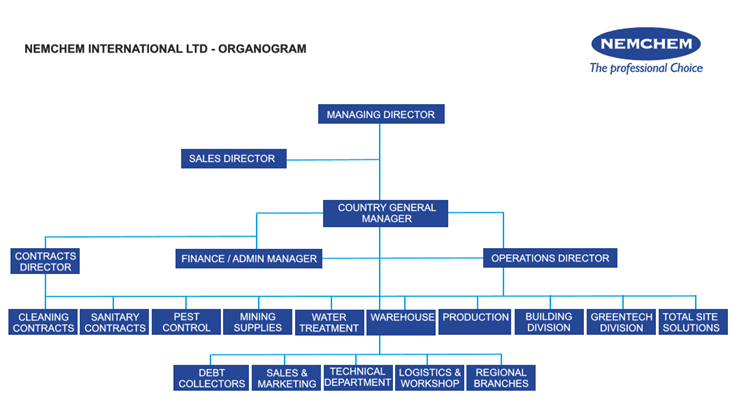
Understanding Energy in Zambia
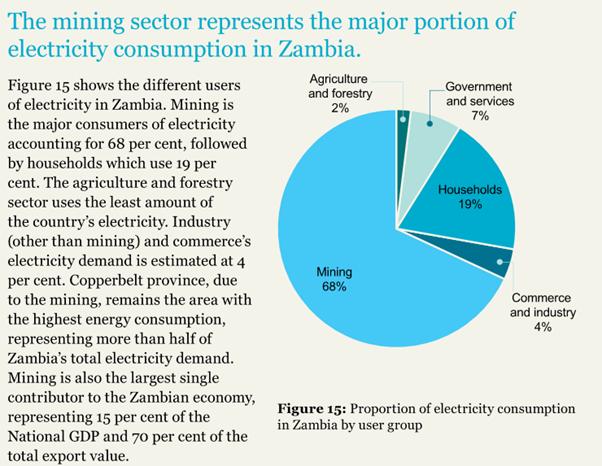
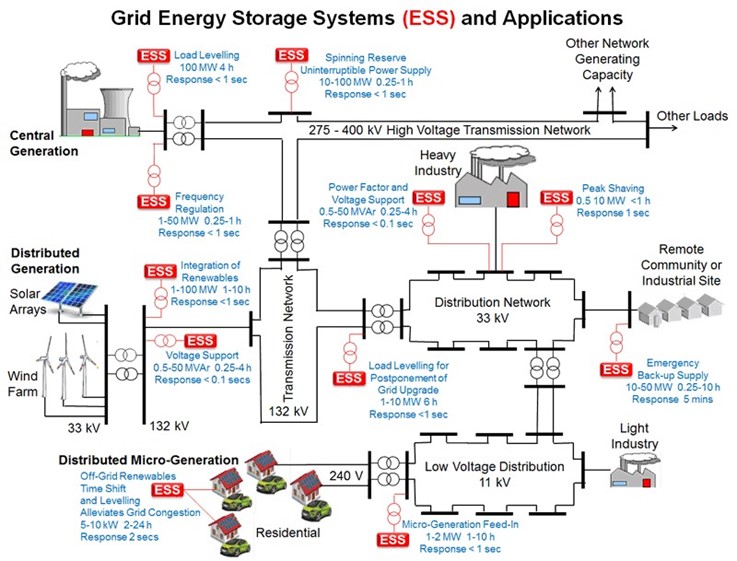
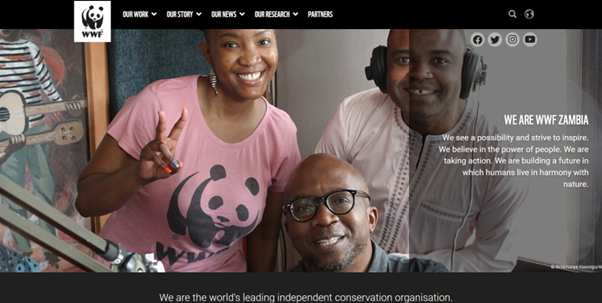
Climate Change
WWF Zambia works to protect our natural resources – rivers, wildlife, forests – so we can continue to benefit from food, energy and water.
We are currently negotiating with WWF Zambia.
WWF – We all rely daily on energy to move around, to cook, to work, to light up our homes and to power the factories that produce our food and the goods that enable our modern lifestyles. How we produce electricity and energy affects the environment.
Our current energy model is also unable to meet our development challenges, reduce our emissions nor provide electricity we can all afford. Yet we have solar potential on par with some of the best solar areas globally. We need to use it. If global temperatures rise above the defined level of 2 degrees Celsius, it will cause floods, drought, wildfires and intense unpredictable weather events.
WWF promotes a transition to 100% renewable energy by 2050. We are driving innovation and transformation towards a low-carbon economy. As we live in this fast changing climate we need to drastically cut emissions (mitigation) and learn new ways to cope (adaptation).
Site Locations for the four waste plants
Site 1 – The Leopards Hill Road Sustainable Waste Centre site Bright
Future Project – plant coordinates: Latitude: 15° 31′ 0″ S Longitude: 28° 33′ 0″ E https://zh.mindat.org/feature-900861.html
Site 2 – Mazabuka – plant coordinates: Population: 64,006 Latitude: -15° 51′ 21.64″ S Longitude: 27° 44′ 52.80″ E
https://latitude.to/map/zm/zambia/cities/mazabuka
Site 3 – Kawambwa – plant coordinates: population: 20,589 Latitude: -9° 47′ 29.40″ S Longitude: 29° 04′ 44.87″E
Site 4 – Lake Tanganika Harbour plant coordinates:
Population : 8,547
Latitude: -8° 45′ 44.42″ S Longitude: 31° 06′ 50.58″ E
No Government funding required & 5% Revenue share in each plant back to the Zambia Government. If our Private Banks do not provide funding then COP 26 funding Concept note will be obtained from ZDA following support from Collins Nzovu Minister – Green Economy the Permanent Secretary (PS) of the Ministry of Green Economy, Feedstock Agreement required from Government. The supply of 500 tonnes per day of MSW to each plant and a Power Purchase Agreement (PPA) to buy the electricity either from ZESCO or Mining company once Feasibility study has been completed and accepted.
Cleanest Energy Generation with Recycling
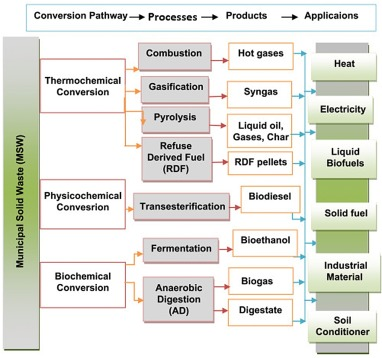
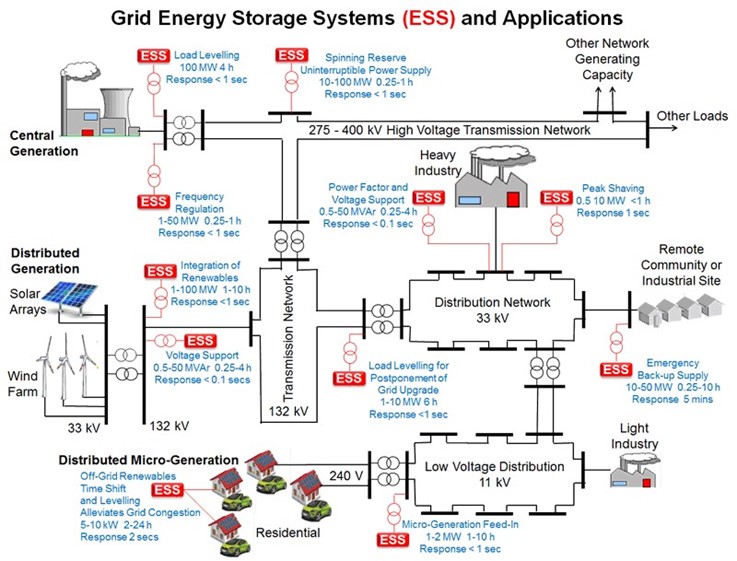
Our Gasification is 45% more efficient than Incineration and approximately 50% lower build cost. Alset Power representative in Zambia is Ngozika Victoria Onyekwelu and she is also the Bright Future Project company Director has been appointed by the African Circular Economy Network as the Zambia representative. The Network is funded by the European Union & African Development Bank. Ngozika will shortly be invited to give a Circular Economy Presentation to the Ministry of Green Economy and the Permanent Secretary (PS).
800 to 1,000 new jobs, manufacturing of building blocks for house building, glass & metal products, plastic used for electricity production to enable Zambia with sustainable electricity supply. The video is an example of the Circular Economy in Zambia.
Helps towards a Circular Economy – Countries Renewable Energy Target, Recycling rates and Climate Change Mitigation – because of the shortage of electricity in Zambia it is better to use plastic in energy generation in our plants and recycle 100% metals, ceramics and metals. Energy & new products manufactured – as indicated, because of the shortage of electricity in Zambia it is better to use this plastic in energy generation in our plants. ZERO to Landfill.
Mixing Landfill waste with normal waste generated
Eventually clearing all the landfill sites in Zambia –
ZERO waste concept
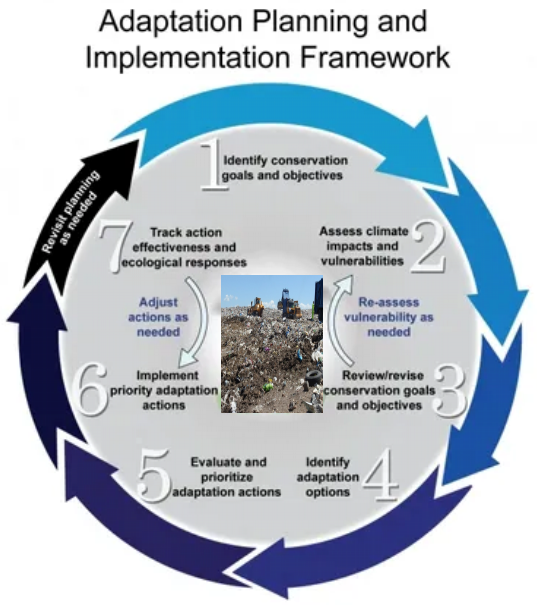
Zambia Circular Economy Transition
Zambia can leap frog into a Circular Economy by the provision of Gasification & Recycling Technology.
Project documents
The above Project Brief does indicate US Eximbank funding as a possible funding route once Zambia has restructured the Governments Debt platform.
Our Private Banks will provide funding or COP26 funding may be a better option for the Government to consider.
Zambia – waste project Profile Brief has been sent to the Ministry of Green Economy for review in early February 2020, once reviewed and agreed then we engage with the Zambia Development Agency and the Ministry of Green Economy to produce a
“Concept Note” may be sent to the COP 26 Funding Board for funding of the first stage – the Feasibility Study. COP26 Funding has been specifically designed for Countries like Zambia to fund both Feasibility Studies and main Project Finance if Required.
COP26 – Green Climate Fund
About 570 million people in Sub-Saharan Africa lack access to electricity, and instead have to rely on kerosene and diesel generators for lighting. Meanwhile, 85 percent of the population lack access to clean cooking fuels and technologies. Failure to address these energy problems, which are holding back national development and causing rapid deforestation and dangerous levels of indoor air pollution, will severely undermine Africa’s growth and stability as a continent.
The LEAF framework will provide decentralised renewable energy solutions to tackle the energy shortfall, while also reducing CO2 emissions and simultaneously boosting local economies and businesses. We will investigate this funding and try and use it along with our Private Bank funding for Waste plants and also possibly Solar Farms & Solar PV
London UK – assistance given on Food production
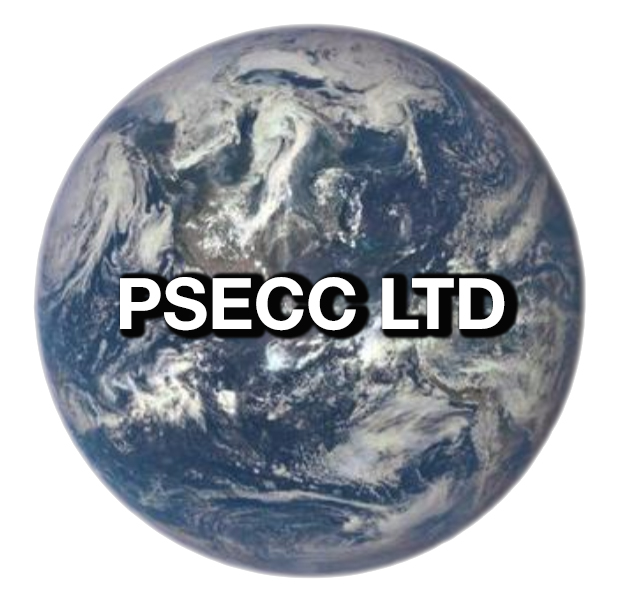
Portsmouth UK – Facilitation & Knowledge Transfer
